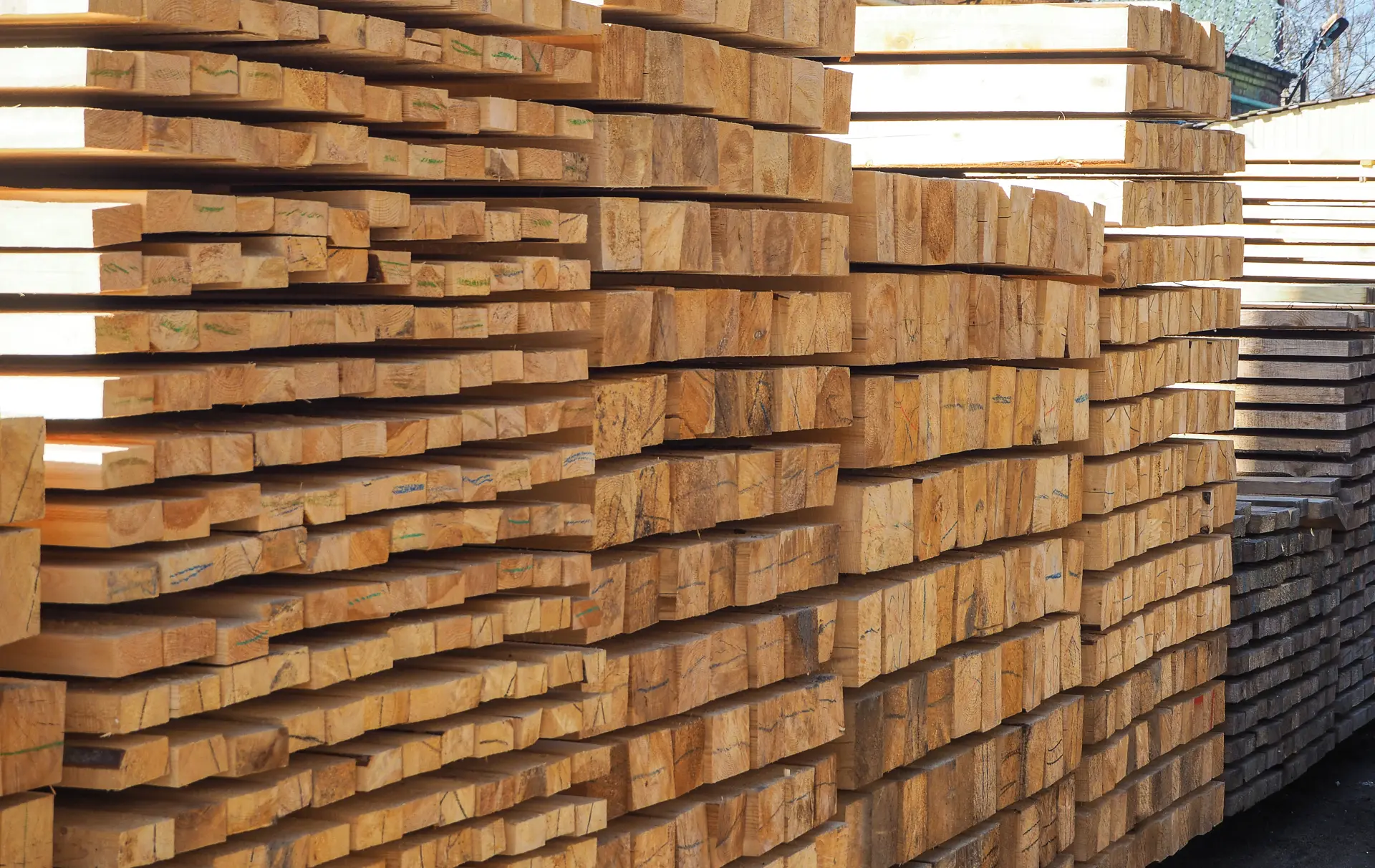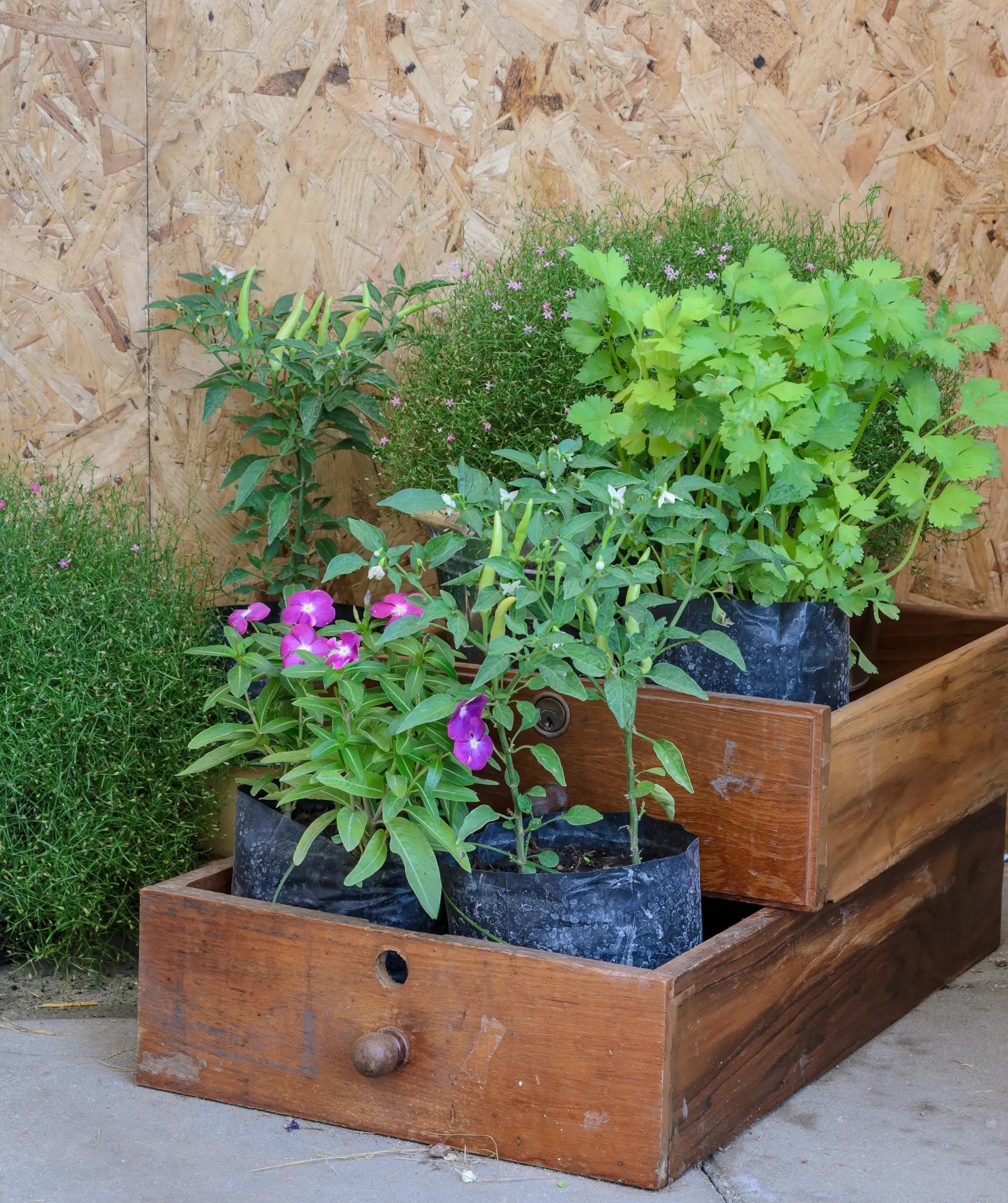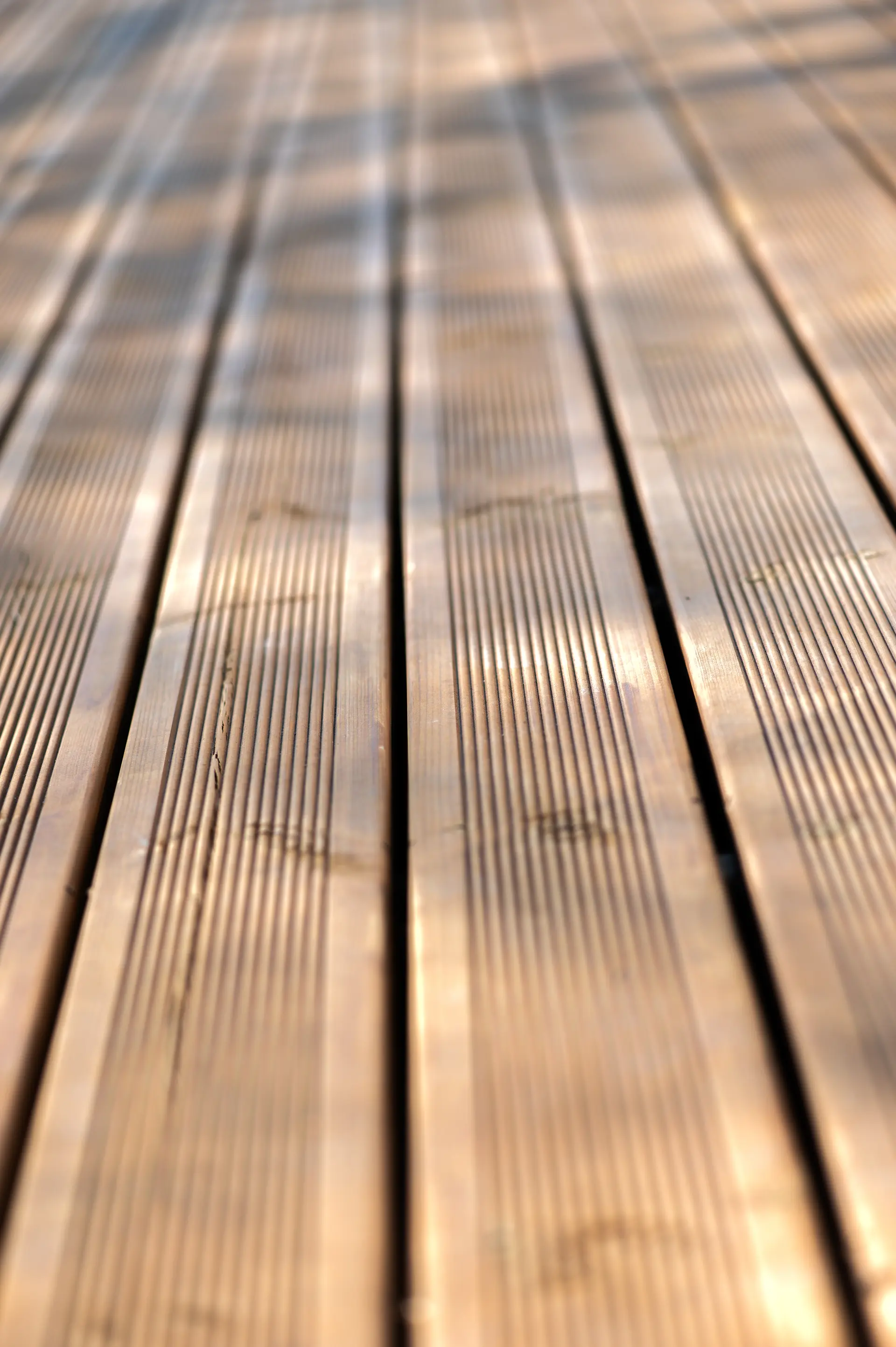Discover the uses of timber in joinery and carpentry, from doors and windows to flooring and framing. Enhance your projects with versatile, sustainable timber solutions.
Doors and Door Frames
Timber plays a vital role in the fields of joinery and carpentry, especially regarding doors and door frames. Timber's natural strength, versatility, and visual appeal make it one of the most preferred materials to use in both structural and decorative projects.
In joinery, timber is used to create components that need smooth joints, such as internal doors, which need to align with frames, hinges, and handles. High-quality hardwoods such as oak, teak, and mahogany are typically used for interior doors since they allow professionals to create intricate and refined details. Joiners often create panel doors, flush doors, and French doors using mortise and tenon joints to ensure the timber's longevity and structural integrity.
On the other hand, carpentry generally involves constructing large structural elements such as door frames. Carpenters work on-site to measure, cut, and assemble timber frames and ensure they align correctly with your walls and floor levels. Softwoods such as pine and fir are frequently used in carpentry for door frames due to their easy application and cost-effectiveness.
Timber is extremely flexible, and it can be stained, painted, or polished to match various interior styles. Moreover, it's an eco-friendly option and its combination of strength, adaptability, and visual appeal makes it ideal for creating both functional and visually appealing doors and door frames.
Windows and Window Frames
In joinery, timber is used to manufacture sash windows, casement windows, and bay windows - which all require precision-cut components that fit together tightly. Hardwoods such as oak, sapele, and mahogany are often used for these windows due to their durability, fine grain, and resistance to warping. Joiners typically use techniques such as mortise and tenon joints or dowel joints to ensure there are strong, secure connections between the window components.
Moreover, carpentry is mainly used during the window installation phase. Carpenters prepare the openings in walls and accurately fit the timber window frames into place. Softwoods like pine or fir are commonly used for window frames due to their affordability and ease of use, and once installed, these frames can be sealed and finished with weather-resistant treatments.
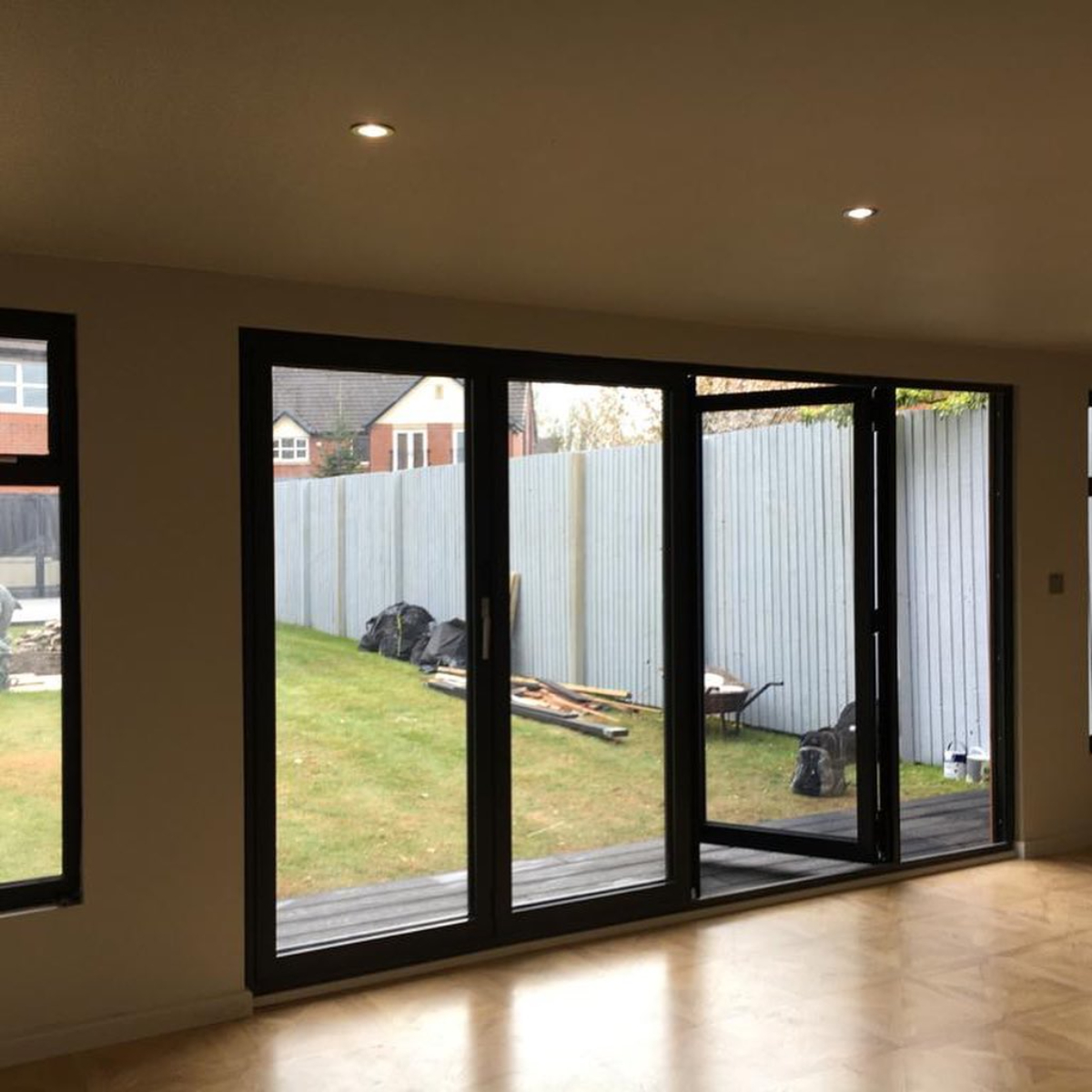
The timber must be treated properly for it to be able to withstand environmental damage and weather conditions. Kiln drying can reduce moisture content, and applying preservatives, stains, or paints can protect the frame against rot, insects, and UV damage.
In essence, timber is an essential material for constructing windows and window frames in joinery and carpentry. It's highly valued for its strength, aesthetic appeal, and adaptability to both traditional and contemporary building styles.
Floor Joists and Boards
In carpentry, timber is mainly used to construct floor joists, which form the framework beneath a floor. These joists carry the weight of the flooring and any weight that's applied above it. Softwoods like pine, spruce, and fir are commonly used for joists because they provide a good balance between strength, weight, and affordability. Carpenters measure, cut, and fix these timbers on-site and ensure they are properly spaced and anchored to the walls or beams to provide a stable and level base.
Additionally, joinery is used to create the floorboards, which are installed over the joists to form the final surface of the floor. Hardwoods such as oak, maple, and ash are commonly used for floorboards due to their strength and appealing grain. These boards are accurately cut in workshops to ensure they have a consistent thickness and are shaped with features like tongue-and-groove edges, allowing them to have a snug and seamless fit.
Before the floor joists and floorboards are installed, they are treated to enhance their durability and protection against moisture, insects, and rot. Additionally, surface finishes like stains, oils, and varnishes are applied to protect the timber and enrich its natural appearance.
Wall Studs and Framing
Timber is an essential material in the construction of wall studs and framing since it acts as the backbone of many residential and commercial buildings. Its strength, workability, and cost-effectiveness make timber ideal for creating durable structural frameworks in both joinery and carpentry.
In carpentry, timber is widely used for building wall studs, which form the skeleton of internal and external walls. These studs are spaced evenly and are secured between horizontal timber plates to create a stable and supportive frame. Softwoods like pine, fir, and spruce are commonly chosen for wall studs due to their strength-to-weight ratio, as well as how easy they are to cut, nail and screw on-site.
Framing involves using timber to construct the entire skeletal structure of a wall, including the headers, sills, noggins and studs. These elements must be measured and joined accurately to ensure the frame can carry the weight from the roof, upper floors, and fixtures. Techniques such as toe-nailing and the use of metal connectors or brackets help secure the joints and ensure the frame's stability.
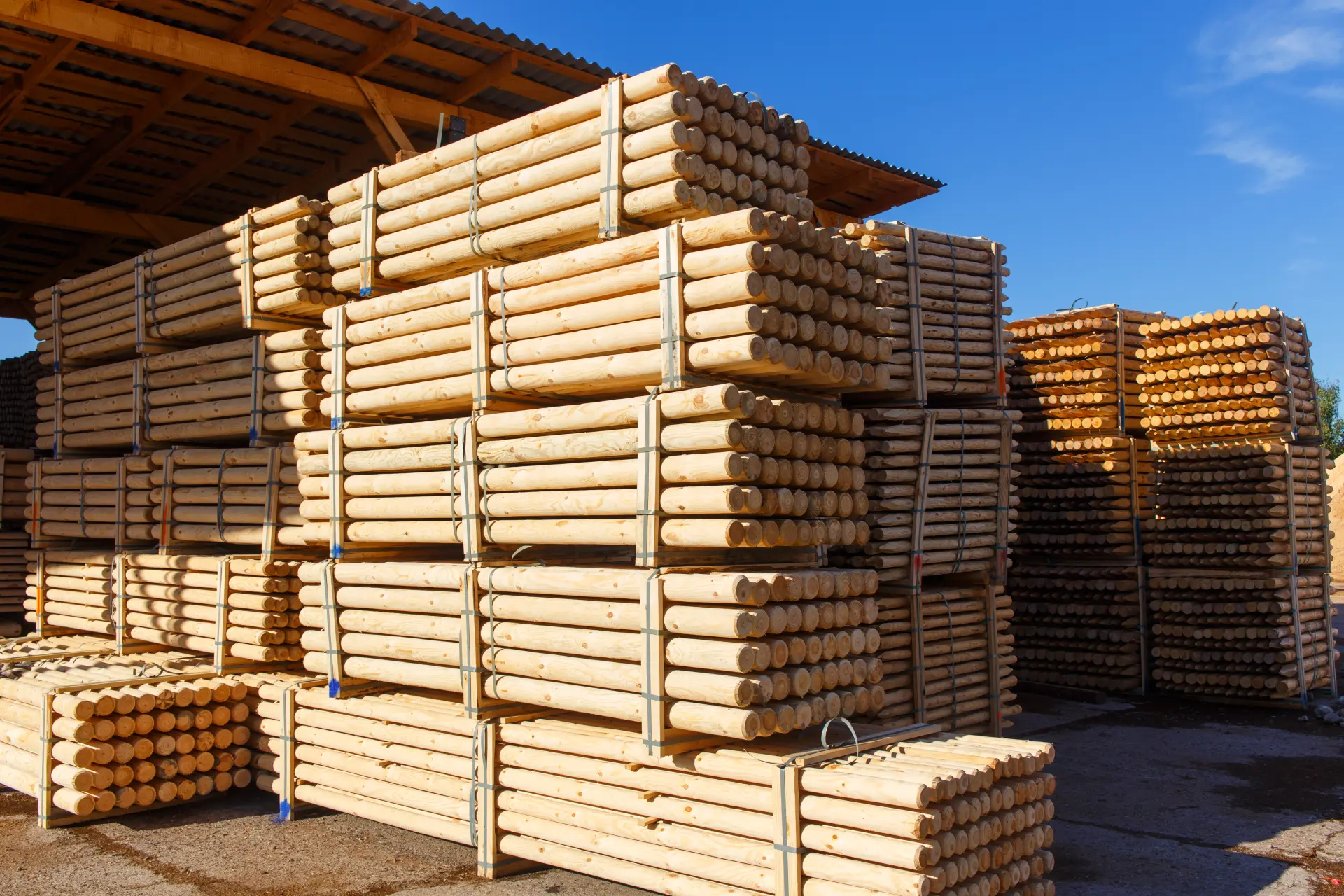
To ensure the timber's lifespan and performance, the timber that's used for wall studs and framing is often treated with preservatives to protect it against moisture, insects, and fungal decay.
In conclusion, timber is a cornerstone material in joinery and carpentry for wall studs and framing. It's valued for its reliability, adaptability, and contribution to efficient and sustainable building practices.
We supply high-quality timber for construction, carpentry, and joinery projects. Our range of timber includes durable hardwoods and versatile softwoods that are ideal for frames, floors, doors, windows, and more. Our timber is sourced sustainably and is expertly treated.

